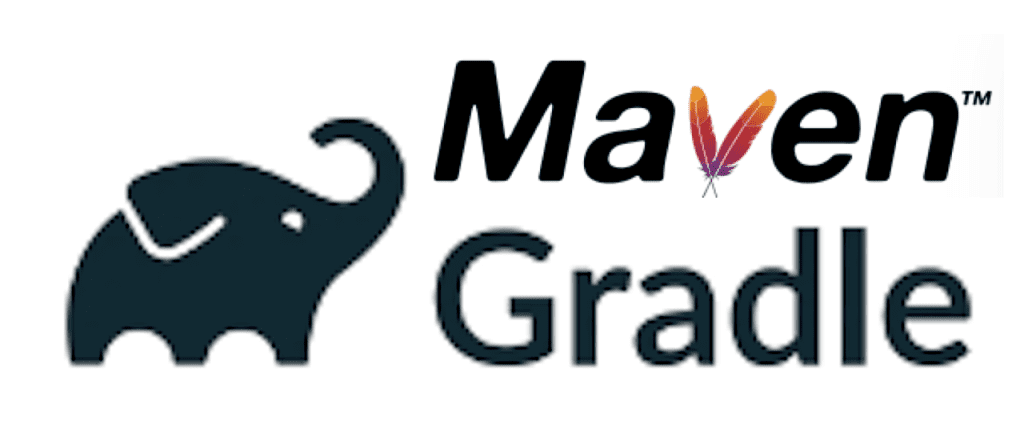
Maven vs Gradle: The Pros and Cons
Maven and Gradle are both popular build automation tools used primarily for Java projects. While they have similarities, there are some key differences between these two tools. This article examines the pros and cons of each to help developers decide which is best for their needs.
Overview
Maven – A mature build tool that emphasizes conventions over configuration, standardization, and simplicity. Maven projects adhere to a pre-defined project structure and use a common build lifecycle.
Gradle – A more flexible build tool that uses a Groovy DSL for scripting builds. Gradle provides many build customizations and advanced features not found in Maven.
Key Pros of Maven
- Large open source community provides extensive documentation and support.
- Predefined structure allows developers to quickly orient themselves in any Maven project.
- Declarative Pom XML configuration over imperative scripting.
- Excellent dependency management through Central Repository. Easy to declare and consume libraries.
- Maven enforces good practices and conventions for reusable builds.
- Wide adoption makes it easy to find Maven knowledge and troubleshoot issues.
Key Cons of Maven
- Rigid project structure does not adapt well to unconventional project needs.
- Extending or modifying build logic requires Java plugin code instead of scripts.
- No built-in support for incremental or parallel builds – must use plugins.
- Pom XML configuration can be tedious compared to DSLs like Groovy.
Key Pros of Gradle
- Flexible and expressive DSL (Domain Specific Language) in Groovy for build scripting.
- Highly customizable with ability to tweak nearly all aspects of builds.
- Built-in support for incremental and parallel builds.
- Good Maven compatibility – most Maven builds can be ported to Gradle.
- Strong dependency management comparable to Maven.
Key Cons of Gradle
- Flexibility comes at the cost of being less opinionated. Gradle builds are less standardized.
- Groovy DSL has a learning curve for developers new to it.
- Weaker convention over configuration may require more repetitive build logic.
- Smaller community than Maven means less support and documentation.
Which Tool Should You Choose?
The best way to choose between Maven and Gradle is to consider your specific needs. If you are working on an enterprise Java project and you need a mature and well-established tool, then Maven is a good choice. If you are working on a smaller project and you need a flexible and customizable tool, then Gradle is a good choice. Ultimately, the best way to decide is to try both tools and see which one you prefer.
Maven and Gradle are both powerful build automation tools. The best tool for you will depend on your specific needs and preferences. If you are not sure which tool to choose, try both of them and see which one you prefer.